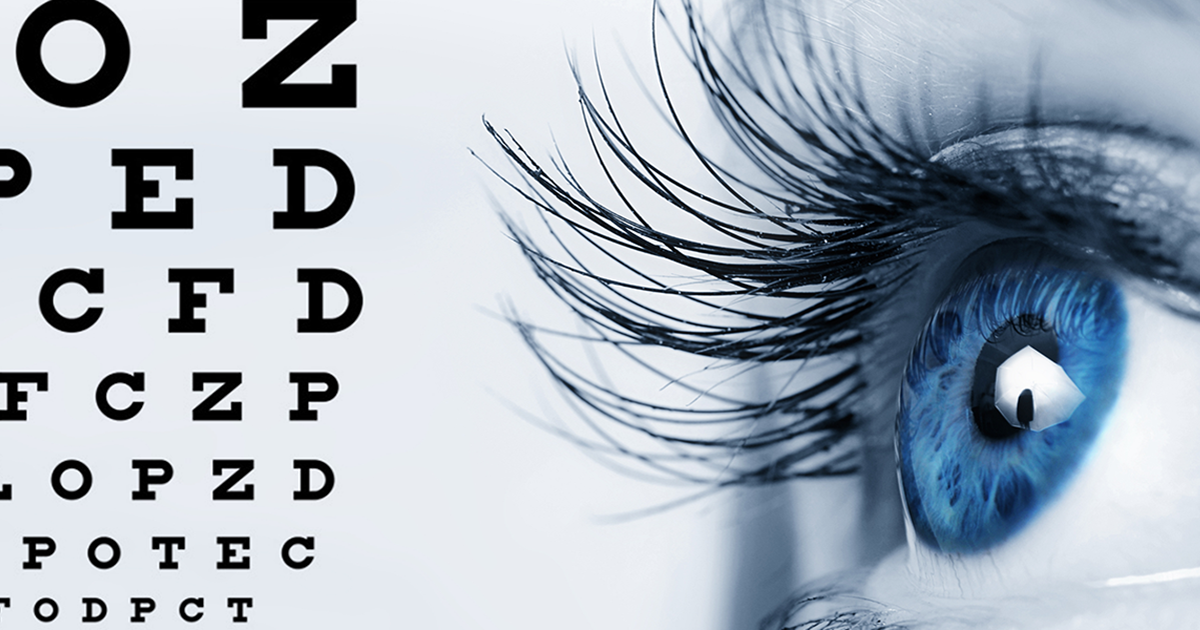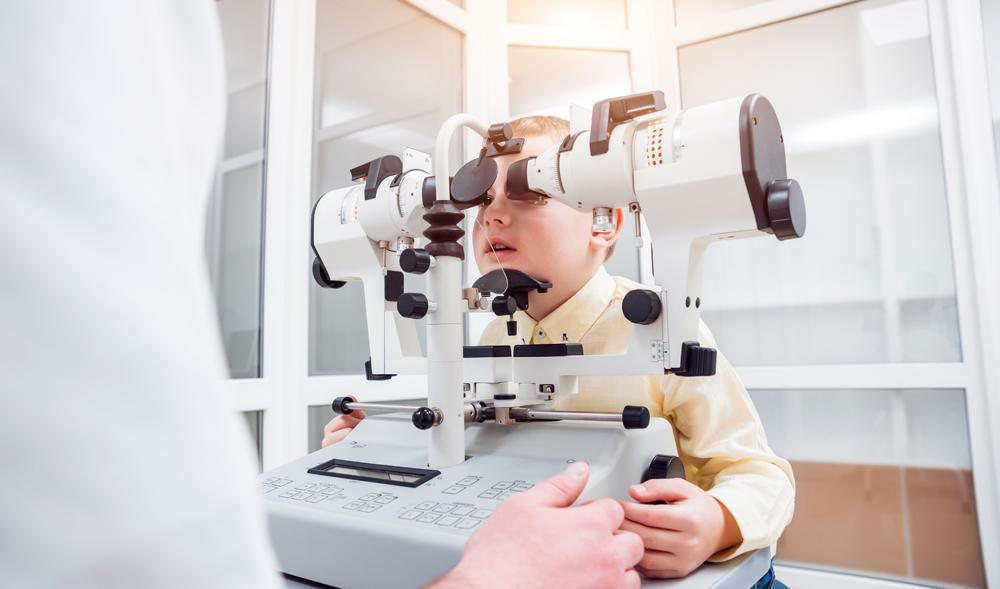Ideal Refractive Surgeries in AL: State-of-the-Art Eye Treatment
Ideal Refractive Surgeries in AL: State-of-the-Art Eye Treatment
Blog Article
The Function of Advanced Diagnostic Tools in Identifying Eye Disorders
In the world of ophthalmology, the use of innovative diagnostic tools has transformed the very early identification and monitoring of various eye disorders. As the need for specific and prompt medical diagnoses continues to expand, the integration of sophisticated devices like optical coherence tomography and aesthetic area testing has become crucial in the realm of eye care.
Value of Very Early Medical Diagnosis
Early diagnosis plays a crucial function in the efficient administration and therapy of eye conditions. Prompt identification of eye problems is crucial as it permits prompt intervention, potentially stopping more development of the condition and reducing long-term problems. By finding eye problems at an early stage, medical care suppliers can offer appropriate treatment strategies tailored to the particular problem, inevitably bring about far better results for clients. Moreover, very early medical diagnosis allows clients to accessibility needed assistance solutions and sources quicker, improving their total lifestyle.

Technology for Spotting Glaucoma
Advanced analysis technologies play an important duty in the very early detection and surveillance of glaucoma, a leading reason for irreversible blindness worldwide. One such modern technology is optical coherence tomography (OCT), which supplies comprehensive cross-sectional photos of the retina, permitting the measurement of retinal nerve fiber layer thickness. This measurement is important in examining damage triggered by glaucoma. An additional sophisticated tool is aesthetic field screening, which maps the sensitivity of a person's aesthetic area, assisting to find any kind of locations of vision loss characteristic of glaucoma. In addition, tonometry is made use of to measure intraocular pressure, a major threat factor for glaucoma. This test is critical as elevated intraocular stress can lead to optic nerve damage. Additionally, newer innovations like making use of synthetic knowledge formulas in examining imaging data are showing appealing lead to the early detection of glaucoma. These advanced diagnostic devices allow ophthalmologists to diagnose glaucoma in its early phases, allowing for timely treatment and far better management of the condition to protect against vision loss.
Role of Optical Coherence Tomography

OCT's ability to measure retinal nerve fiber layer thickness enables exact and objective measurements, assisting in the very early discovery of glaucoma also prior to visual area flaws come to be apparent. Additionally, OCT modern technology permits longitudinal monitoring of structural adjustments in time, promoting personalized treatment strategies and prompt interventions to help preserve patients' vision. The non-invasive nature of OCT imaging likewise makes it a preferred selection for monitoring glaucoma investigate this site progression, as it can be repeated consistently without creating pain to the client. On the whole, OCT plays an important duty in boosting the analysis accuracy and management of glaucoma, inevitably adding to much better outcomes for individuals at danger of vision loss.
Enhancing Diagnosis With Visual Field Screening
An essential component in extensive ocular assessments, aesthetic area testing plays a pivotal role in enhancing the analysis process for numerous eye problems. By assessing the complete extent of an individual's visual area, this test gives vital info regarding the useful stability of the entire visual path, from the retina to the visual cortex.
Visual field screening is particularly useful in the medical diagnosis and monitoring of problems such as glaucoma, optic nerve problems, and numerous neurological conditions that can affect vision. Via quantitative measurements of peripheral and main vision, medical professionals can detect refined changes that might indicate the visibility or progression of these conditions, even prior to recognizable signs occur.
In addition, visual area screening enables the monitoring of treatment efficiency, aiding ophthalmologists tailor therapeutic interventions to specific people. eyecare near me. By tracking adjustments in visual field performance over time, doctor can make informed choices about readjusting drugs, suggesting medical treatments, or applying various other ideal steps to protect or improve an individual's visual function
Managing Macular Degeneration

Conclusion
In verdict, advanced diagnostic tools play a crucial duty in identifying eye conditions early on. Technologies such as Optical Comprehensibility Tomography and Homepage aesthetic area screening have greatly enhanced the accuracy and effectiveness of diagnosing conditions like glaucoma and macular degeneration.
Report this page